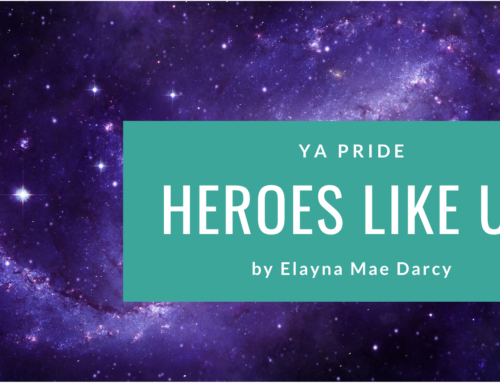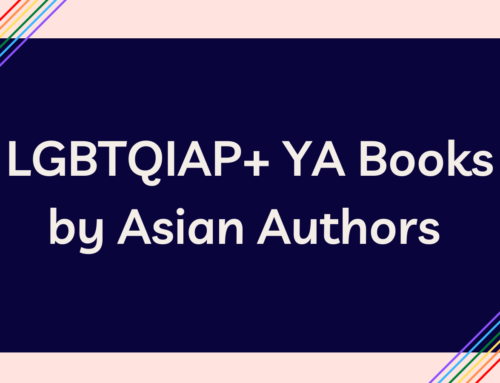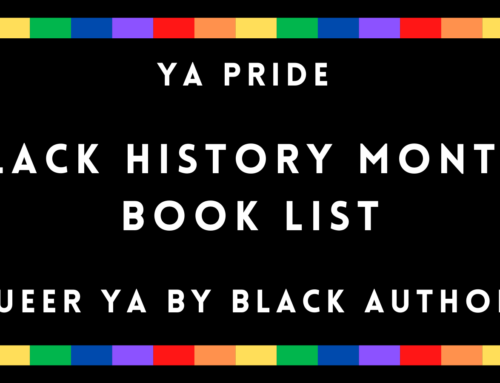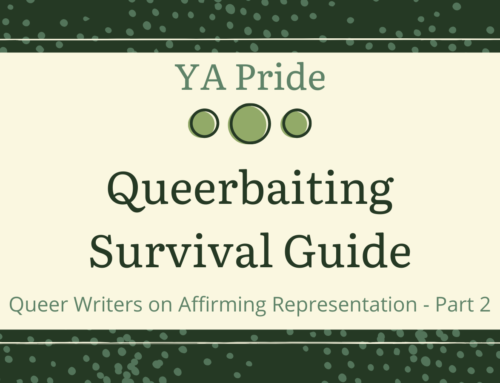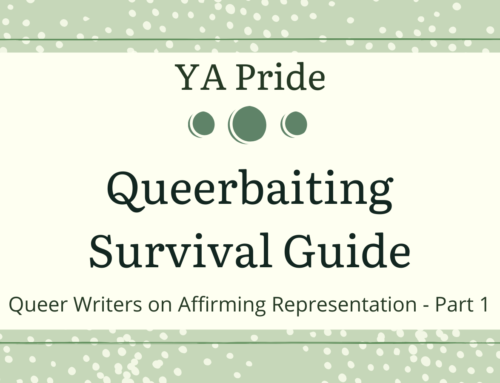by Sonia Alejandra Rodriguez
Indeed, this is the case in Dole’s novel. Laura’s mother is particularly aggressive about not accepting Laura as a lesbian. The resistance and aversion that Laura feels from her mother, however, is very much tied to their Cuban-American culture. Because Laura sees her mother as an embodied representation of her Cuban-American heritage at the beginning of the novel she associates her mother’s homophobia with everything Cuban-American. In other words, the only way Laura knows how to escape the homophobia she experiences is by attempting to abandon her Cuban-American traditions. Throughout the novel there is definitely tension between Laura’s sexuality and her culture; her frustration stems from not knowing how to reconcile both parts of her. Interestingly, Laura’s mother uses the tradition of women needing financial security from men in order to justify her behavior towards her daughter. At the beginning of the novel, Laura remembers that as a child she brought home a book about two young girls that could potentially grow up to be romantically involved and her mother threw it away fear that Laura might be influenced by those ideas. Laura’s mother says: “Authors like these plant seeds in girls’ minds about choosing different lifestyles when they’re all grown up. Girls can do anything they set their mind to. You could be president, but no one will hire you for the job if you turn into a woman uninterested in men. I don’t want you transforming into one of those.” (11)[3] For Laura’s mother, gender is not an impediment for success; however, a woman’s sexual orientation can determine her access to things like employment. Again, it is important to point out that financial security is what matters to Laura’s mother. In this case, the homophobic arguments have little to do with procreation and religion and instead highlight issues of class and class mobility. The relationship between class and queer identity is something that also arises in other novels and films that center young adult Latina lesbian experiences.
In Carla Trujillo’s What Night Brings, for example, class plays a significant role in how eleven year old Marci understands her queer identity. Her father is an alcoholic and is physically abusive to his family; however, because they are financially dependent on him the mother refuses to leave. Marci is aware of the power dynamic between her parents and how her father yields more because he is the breadwinner. The violence that Marci witnesses and experiences at home happens simultaneous to her exploration of her sexuality. Marci knows that she likes girls but lacks the vocabulary and resources to understand that she does not have to be a man in order to legitimately do so. However, because of this lack of information she prays that God give her huevos, slang for male genitalia, so that she can defeat her father.[4] In other words, Marci sees huevos as an opportunity to have the power she sees men exert and in this way she will deconstruct the hierarchies that exist in her family due to their class status and ultimately be able protect her mother and finally be able to openly love women.
Similarly, in Aurora Guerrero’s film Mosquita y Mari[5] (2012) Mosquita and Mari’s relationship is threatened when Mari engages in intercourse with a man for money in order to help her mother pay the rent. The relationship between class and queer identity, in this case, is further complicated by the fact that Mari and her family are undocumented. Mosquita, unaware of any of this information, understands Mari’s actions as a betrayal of their relationship and she decides to date the young man that has been pursuing her. Mosquita and Mari’s relationship is a tender, intimate, and passionate friendship. Both of the young women are in a stage of self-discovery and find solace in on another and the special bond they have created. However, the innocence in their relationship and love for one another is quickly soiled by the realities and responsibilities their class statuses impose. Her family’s survival becomes Mari’s priority and she decides to do whatever she must in order to help them. Mosquita also finds that dating a young man comforts her parents and her friends, who were becoming resistant to her friendship with Mari. The various pressures of their class status in addition to Mari’s lack of class mobility collide with the young girls’ expression of their queer identity.
As Down to the Bone develops, it becomes more evident that class is something that significantly impacts the characters’ construction of their queer identity. Marlena, Laura’s (ex)girlfriend, is married off after her parents learn about her relationship with Laura. The marriage is understood as one that will financially protect Marlena as will cure her of her deviancy. Laura momentarily dates a young man and is invited back home by her mother. However, Laura realizes she does not want to engage in a false relationship in order to feel like she belongs and she is kicked out of her home once again. Overall, the novel presents an opportunity to create conversation about the experiences of young Latina lesbians. The novel reveals that class, as exemplified by the need for financial security, plays a substantial role in the construction of young Latina lesbians and the development of their queer identity. Down to the Bone also demonstrates that class issues vary within Latina/o communities. Laura, Marci, Mosquita, and Mari do not experience class in the same ways. That is to say, that just because the characters are all Latinas does not mean they experience the world in the same manner. These differences is one of the reasons why there is a dire need for more Gay YA novels that center Latina lesbian characters.
Sonia Alejandra Rodriguez is a PhD candidate in the Department of English at the University of California Riverside doing research in Latina/o Children’s and Young Adult Literature. When she’s not reading or writing about Latina/o kids lit she spends her time reacquainting herself with her home city of Chicago. She is also a contributing blogger for Latinos in Kids Lit. Follow her on twitter @mariposachula8
[1] Lazara Dole is the author of Drum, Chavi, Drum! (2003), Birthday in the Barrio (2004), and several short stories.Down to the Bone was first published in 2008.
[2] Other young adult books with Latina lesbian characters include Ellen Wittlinger’s Hard Love (2001) and Love & Lies: Marisol’s Story (2008) which describes Marisol Guzman’s tribulations with friendships and love. While Carla Trujillo’s What Night Brings (2003) is not a young adult book it is narrated by a queer Chicana child, Marci Cruz. The main character in self-identified white-Mexican E.E. Charlton-Trujillo’s Fat Angie (2013) is a young adult lesbian but her race or ethnicity is not clear. Finally, Sandra Cisneros’s The House on Mango Street (1984) is not a young adult novel but young Esperanza’s relationship with Sally has often provided queer readings.
[3] Dole, Mayra Lazara. Down to the Bone. NYC: Harper Teen & Bella Books, 2012. Print.
[4] Further discussions on What Night Brings are needed in order to talk about Marci as possibly being a transgender character.
[5] For more information on the film check out the film’s website at http://www.mosquitaymari.com/
[6] Image of book cover from http://mayraldole.wordpress.com/ [7] Image of What Night Brings from http://www.goodreads.com/book/show/574267.What_Night_Brings



